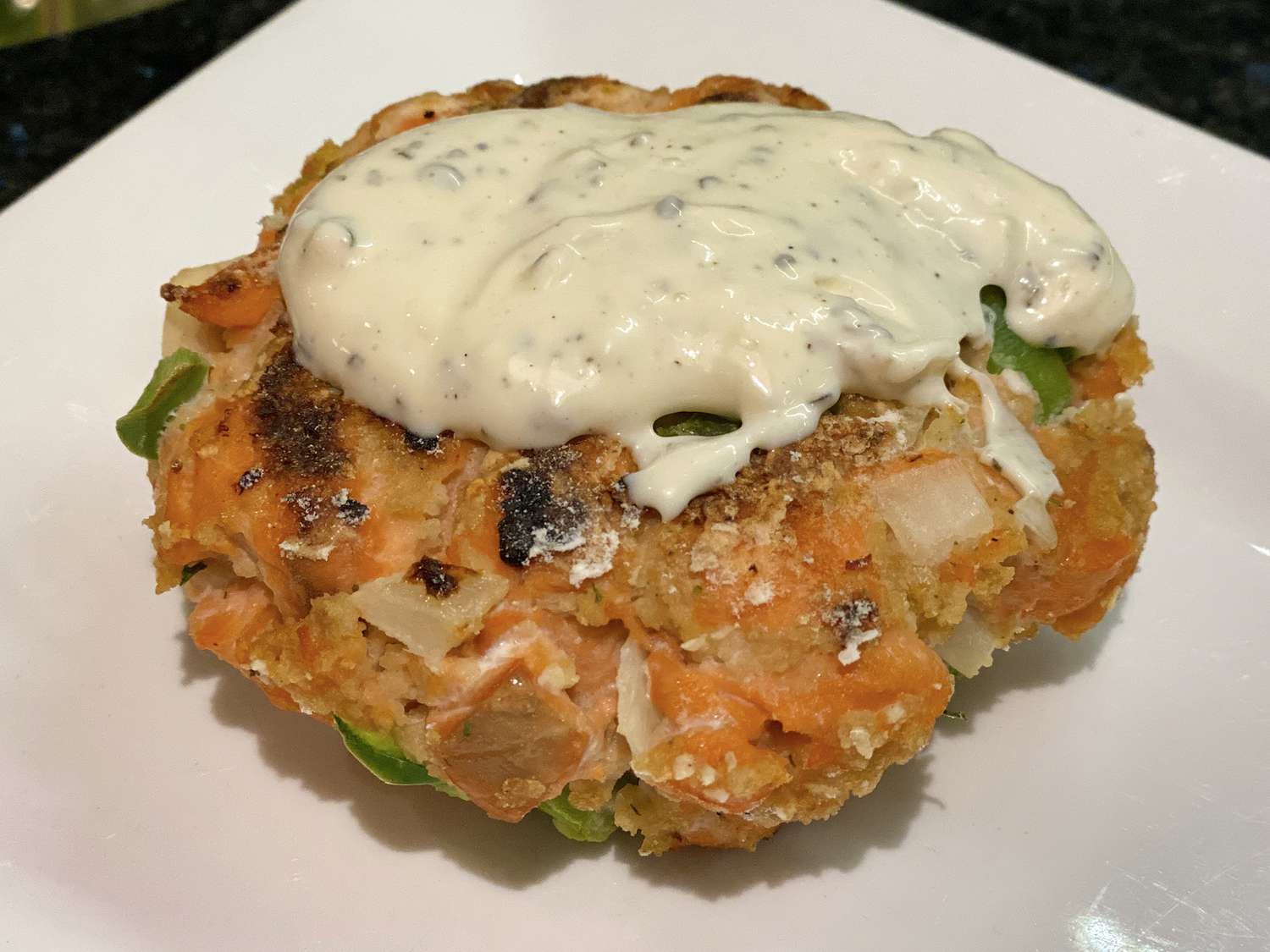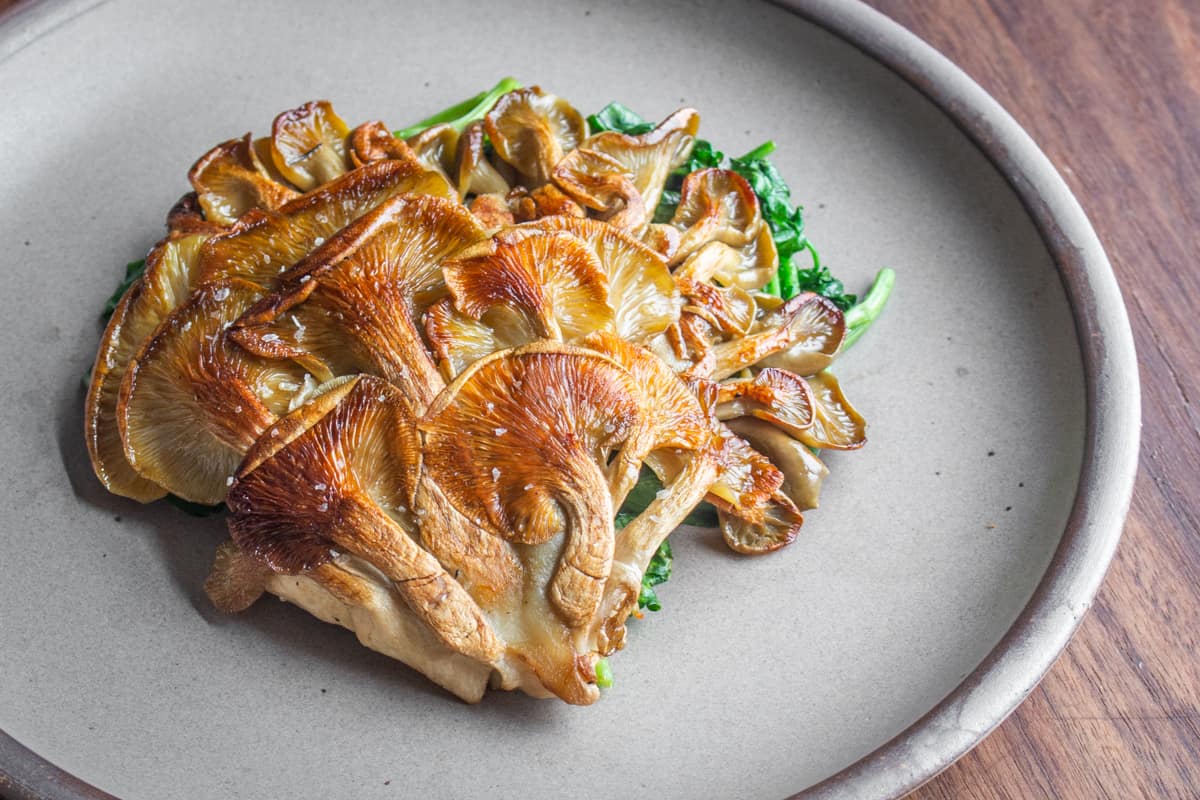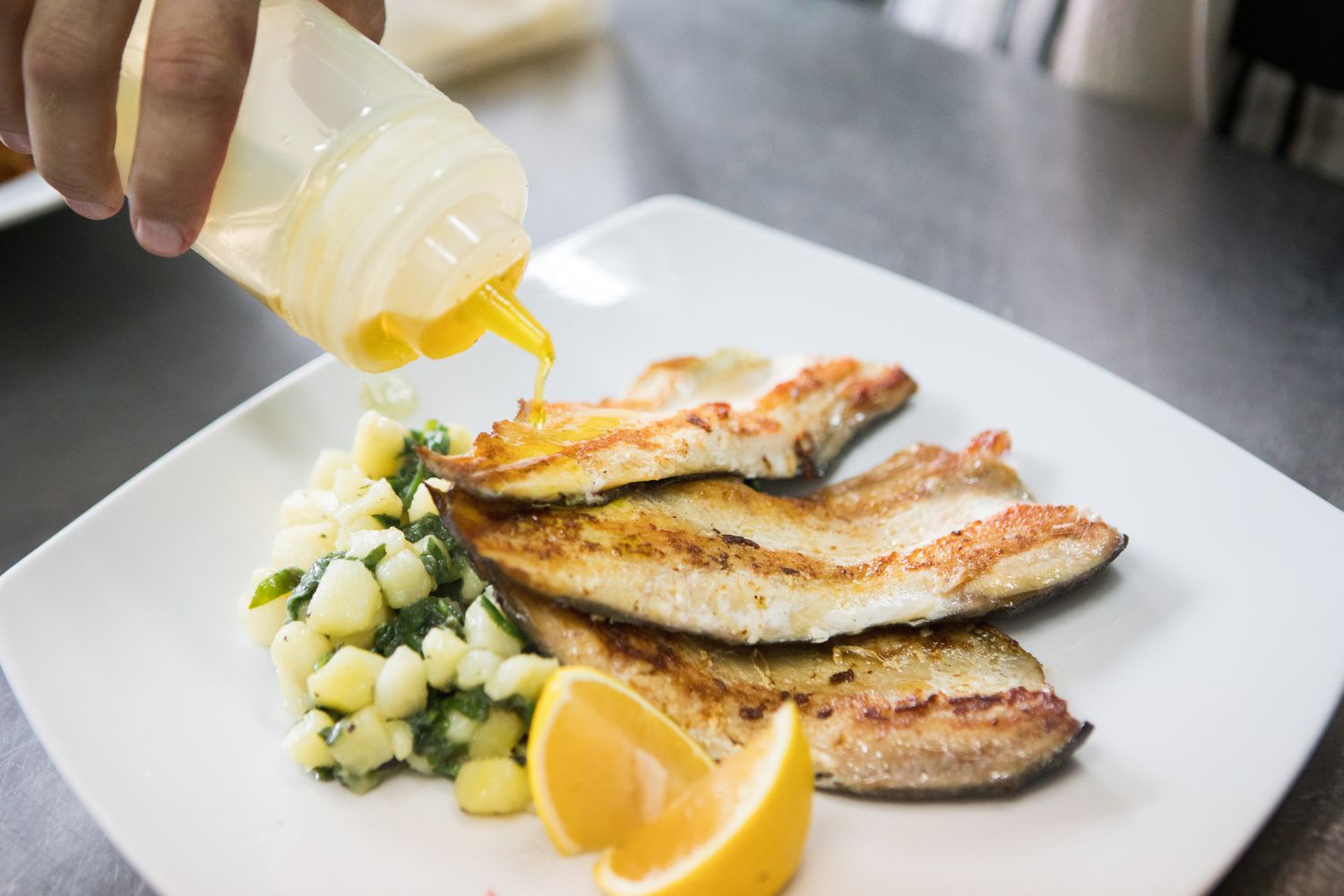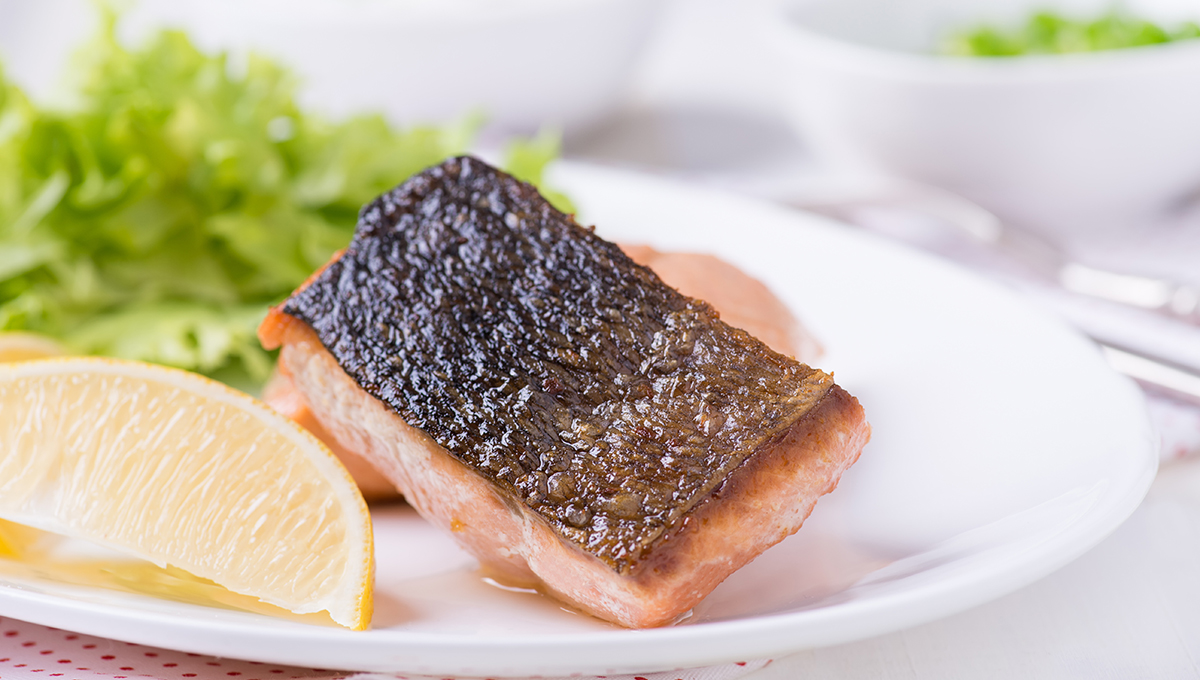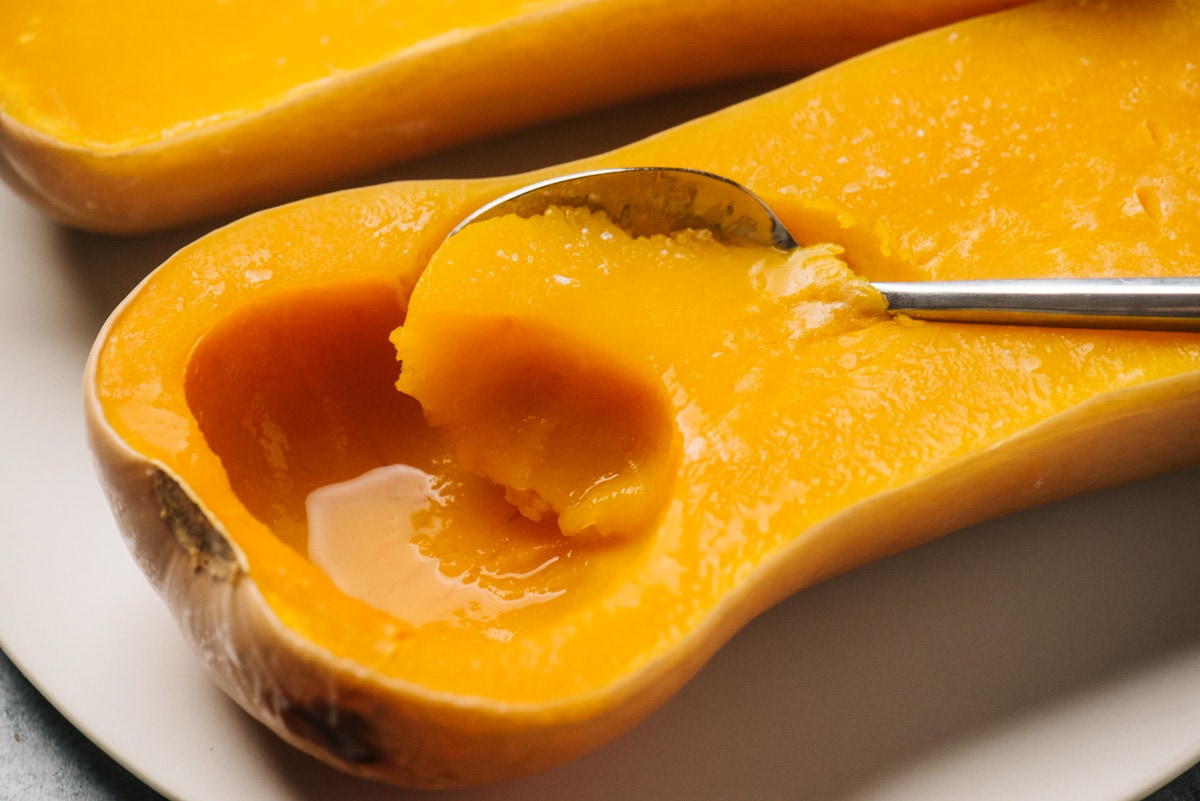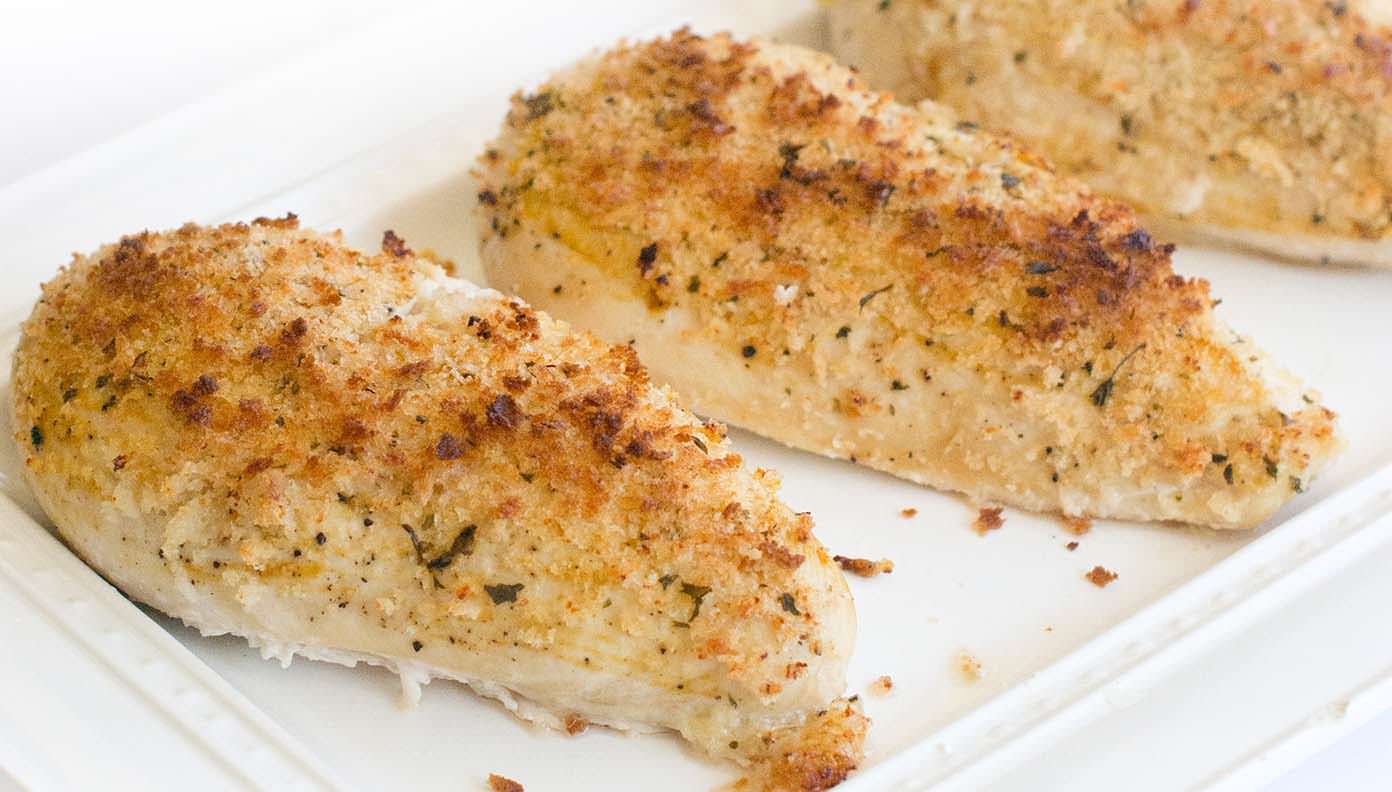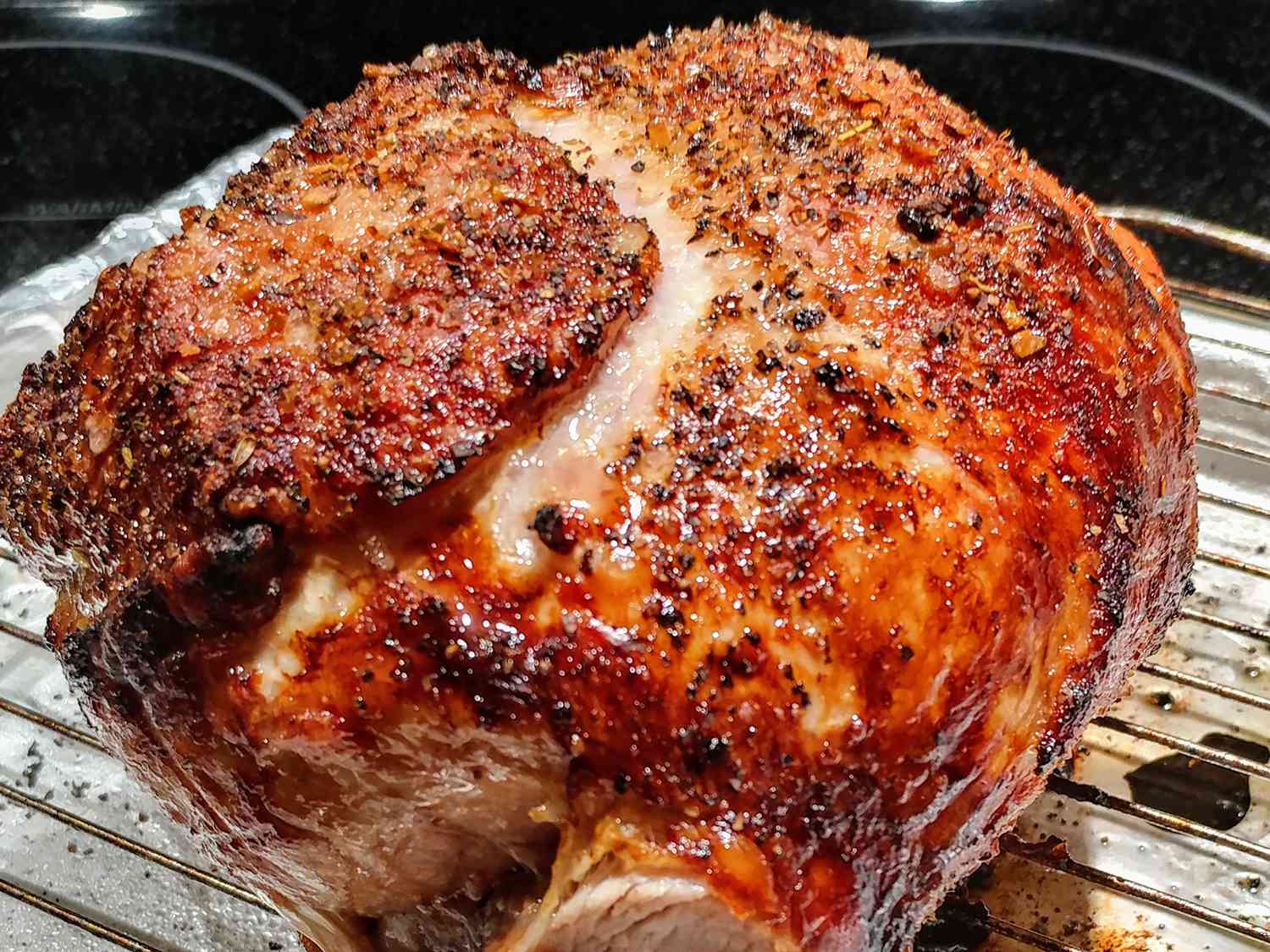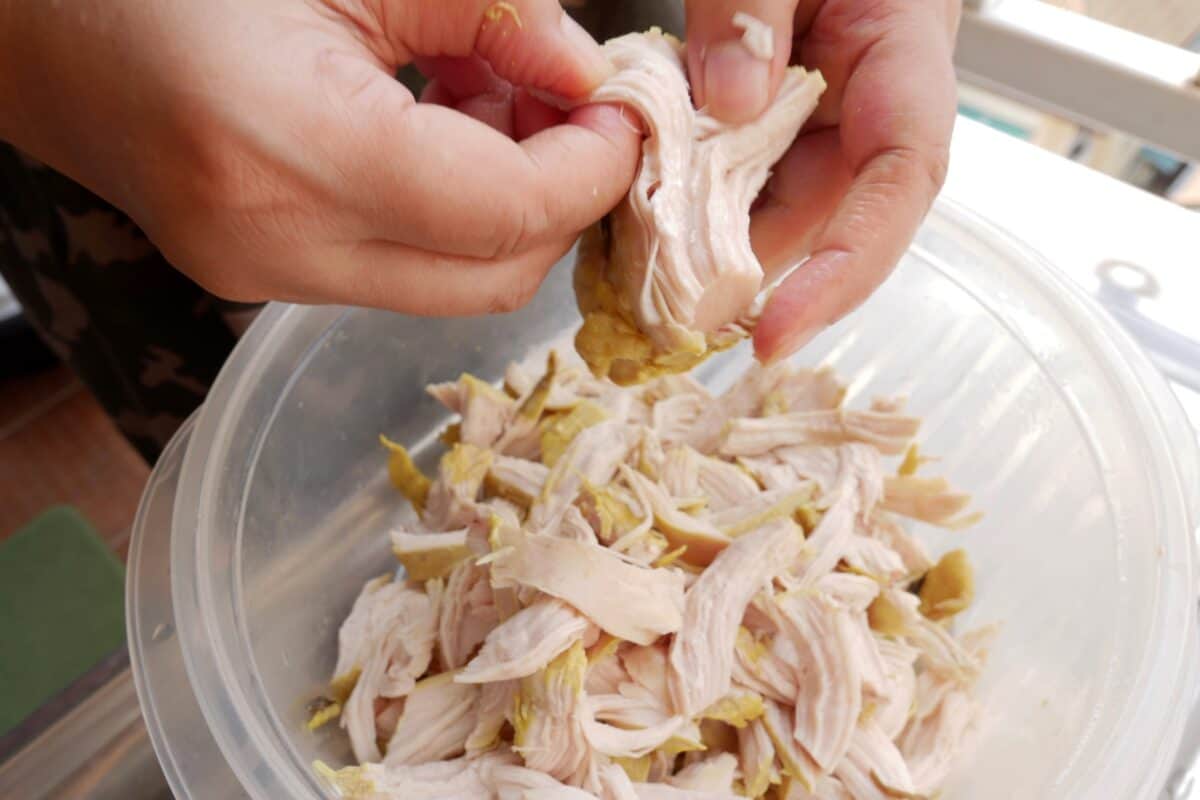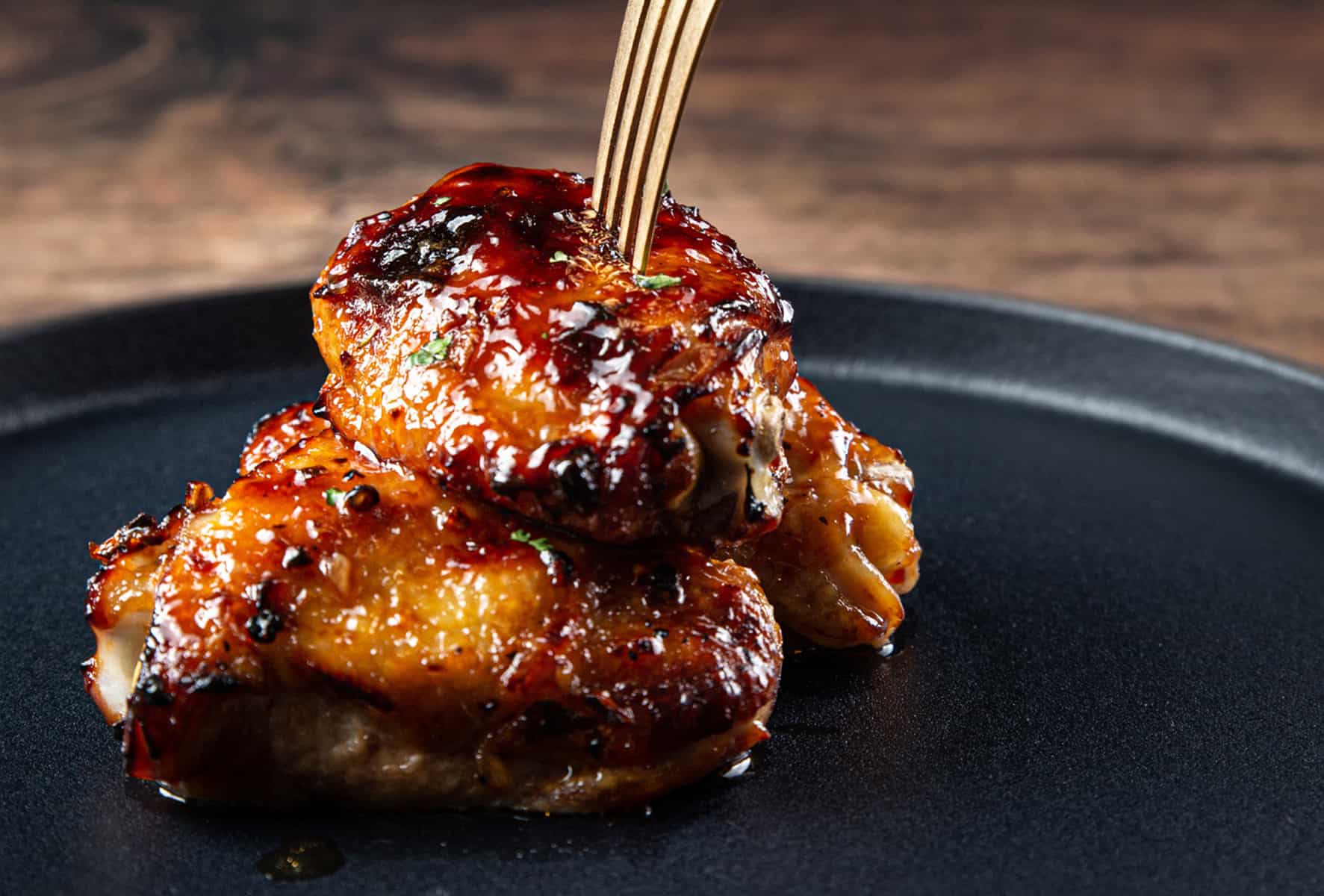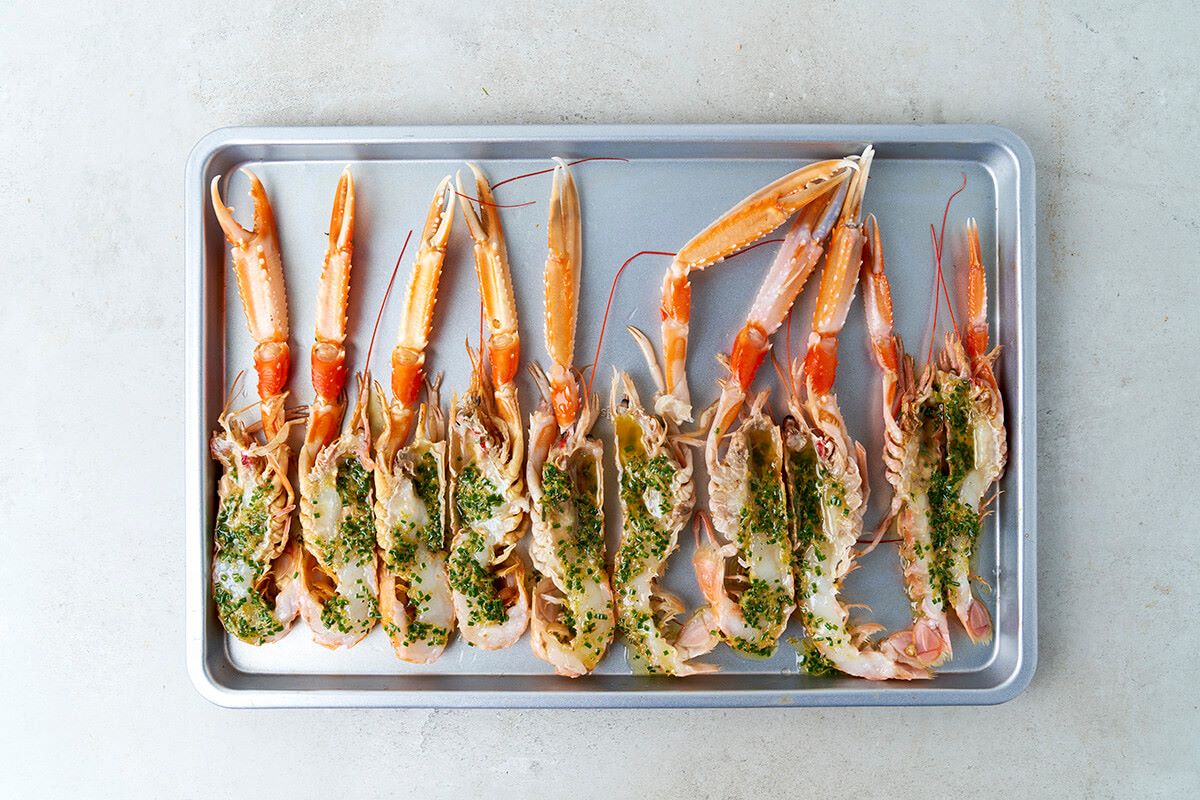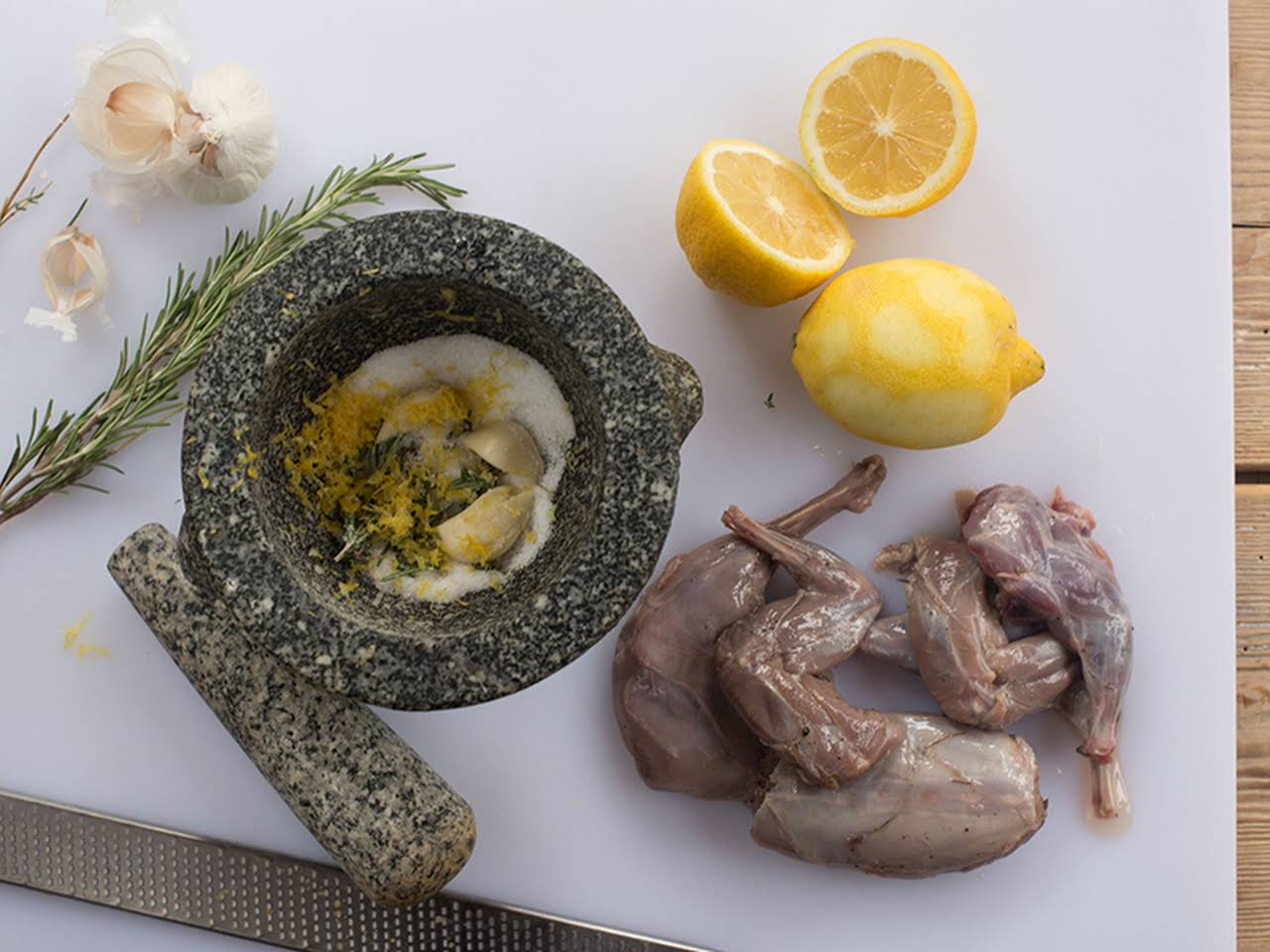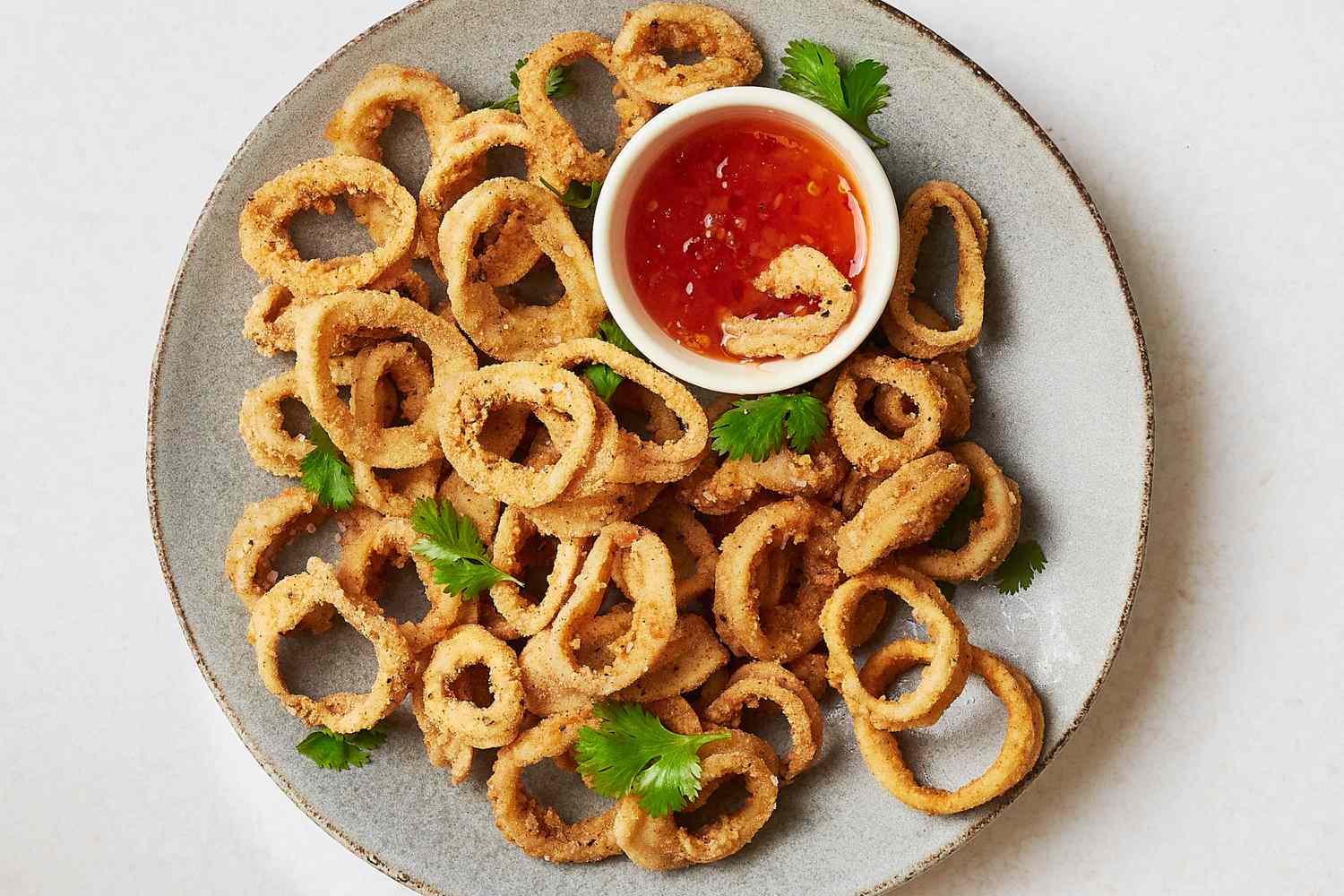Unlock the Secrets of Chinese Cuisine: A Beginner’s Guide to Cooking Authentic Chinese Food
Chinese food is loved all around the world for its bold flavors, vibrant colors, and diverse cooking techniques. If you’ve ever found yourself craving a plate of General Tso’s chicken or a bowl of steaming hot wonton soup, then it’s time to roll up your sleeves and learn how to cook Chinese food at home!
Don’t worry if you’re a novice in the kitchen. This beginner’s guide will equip you with basic knowledge and essential cooking techniques to recreate your favorite Chinese dishes with authenticity and flair. So get ready to embark on a culinary adventure as we dive into the fascinating world of Chinese cuisine!
1. Gather the Essential Ingredients
Before you start cooking, it’s important to stock your pantry with essential Chinese ingredients. Here’s a list to get you started:
- Soy sauce
- Vinegar (rice vinegar and black vinegar)
- Sesame oil
- Chinese cooking wine (Shaoxing wine)
- Garlic
- Ginger
- Chili sauce or paste
- Oyster sauce
- Cornstarch
- Dried shiitake mushrooms
These ingredients form the foundation of many Chinese dishes and will add depth and complexity to your cooking.
2. Master Basic Chinese Cooking Techniques
Chinese cuisine relies on a variety of cooking techniques that bring out the best in ingredients. Here are a few techniques to get you started:
- Stir-frying: Quick and high-heat cooking in a wok, perfect for creating flavorful dishes in minutes.
- Steaming: A healthy cooking method that preserves the natural flavors and textures of ingredients.
- Deep-frying: Achieve crispy and golden results by frying ingredients in hot oil.
- Braising: Slow-cooking in a flavorful liquid to tenderize tougher cuts of meat.
By mastering these techniques, you’ll be able to create a wide range of Chinese dishes with confidence.
3. Start with Easy Chinese Recipes
Begin your Chinese cooking journey with simple and delicious recipes that are perfect for beginners. Here are a few classic dishes to try:
- Kung Pao Chicken: A spicy and savory stir-fry with tender chicken, peanuts, and vegetables.
- Egg Fried Rice: A staple dish made with fluffy rice, scrambled eggs, and a medley of diced vegetables.
- Hot and Sour Soup: A tangy and comforting broth filled with tofu, mushrooms, and a balance of spicy and sour flavors.
- Sweet and Sour Pork: Crispy pork pieces coated in a sticky and tangy sauce, served with colorful bell peppers and pineapple.
These recipes are easy to follow and will give you a taste of authentic Chinese flavors right in your own kitchen.
4. Explore Regional Chinese Cuisine
Chinese cuisine is incredibly diverse, with different regions having their own unique specialties. As you gain more confidence in your cooking skills, explore regional cuisines such as Sichuan, Cantonese, and Shanghai. Each region offers a distinct flavor profile and culinary traditions to discover.
5. Join a Chinese Cooking Class or Watch Online Tutorials
If you’re serious about learning how to cook Chinese food, consider joining a local cooking class or watching online tutorials. These resources can provide invaluable guidance, teach you advanced techniques, and allow you to interact with experienced chefs and fellow food enthusiasts.
Remember, practice makes perfect, so don’t be discouraged if your first attempts aren’t flawless. The more you cook Chinese food, the more familiar you’ll become with the ingredients, techniques, and flavors that make it so beloved.
So, put on your apron, grab your wok, and let’s dive into the delicious world of Chinese cuisine. Get ready to impress your friends and family with your newfound culinary skills!
Was this page helpful?
Read Next: How To Cook Salt Pork In The Oven
